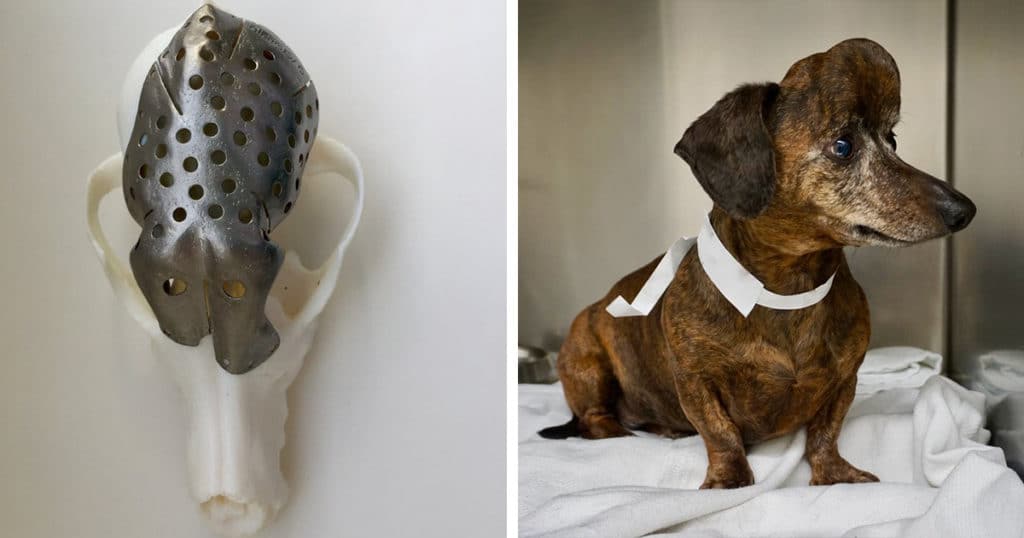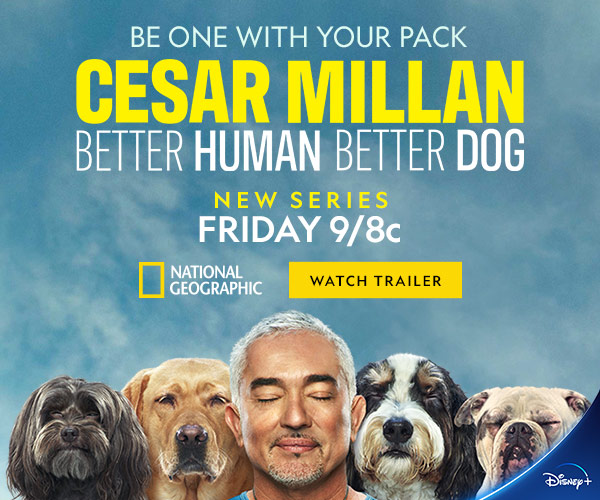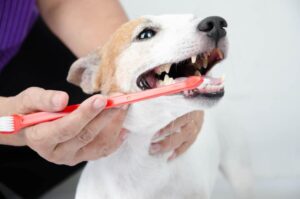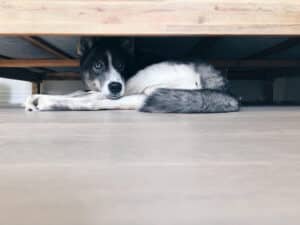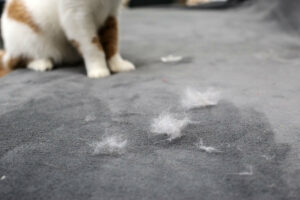Advances in medicine aren’t just beneficial to us, humans. They’re also beneficial to our furry companions that we love so much. For example, a 9-year-old dog has a brand new skull and is living a cancer-free life thanks to the advancement of 3D printing.
Patches is a dachshund who was cancer-stricken but is now feeling much better thanks to the efforts of researchers at a Canadian university.

Dr. Michelle Oblak is a veterinary surgical oncologist with the University of Guelph’s Ontario Veterinary College. She worked closely with Cornell University small-animal surgeon Galina Hayes in order to remove the tumor growing on Patches’ skull. The two replaced Patches’ missing skull piece with a 3D-printed plate, which was created by a medical technology company, Adeiss.
The university stated that the procedure was a veterinary first in North America.
The 9-year-old Patches had a large cancerous tumor growing on the front of her skull that was putting pressure dangerously close to her brain and eye socket. According to the university, the tumor was so large that it started weighing down her head and growing into her skull.

Using rapid prototyping and 3D-printed implants for reconstruction, Dr. Oblak mapped out the dog’s tumor. She then practiced removing the tumor using a 3D-printed model of Patches’ skull and tumor.
In a statement from the university, Dr. Oblak said, “I was able to do the surgery before I even walked into the operating room.”
Dr. Oblak praised the technology, stating that the plate which was used to replace Patches’ skull was specifically designed for her.
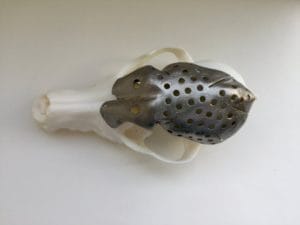
“What was really interesting in this case was the fact that we were instead able to take those scans, and actually create a plate that fit perfectly to this dog,” Dr. Oblak said.
Without 3D-printing, the creation of the plate can be a more generic process. The titanium mesh is molded into a general model before then being modified to the patient.
“[3D printing] shifts the focus from an implant that has been designed for common use that requires modification to a patient, to a patient-specific implant that has been designed directly for them,” Dr. Oblak said.
She also mentioned the possibility of using this kind of technology on humans.
“What’s really great about this is that we’re able to use this cutting-edge technology in our animal patients, but we’re also going to be able to contribute valuable information so that this can be used in humans, as well,” Dr. Oblak said.
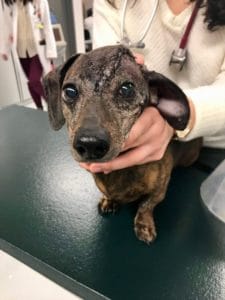
Doctors have already been using 3D printing in humans for purposes like reconstructing jawbones and vertebrae. 3D models have also been used in order to plan major surgeries.
According to Patches’ owner, Danielle Dymeck, the little dog is six months cancer-free, and her surgery was successful. Unrelated to the surgery, poor Patches slipped a disk in her back shortly after the procedure. However, Dymeck’s attitude remains positive.
“She was just ready to be a dog again,” Dymeck commented on Patches’ recovery. “Cancer research like they are doing is very important to both humans and animals.”
That is so very cool what medical advances can do. Hope Patches continues to get better.
